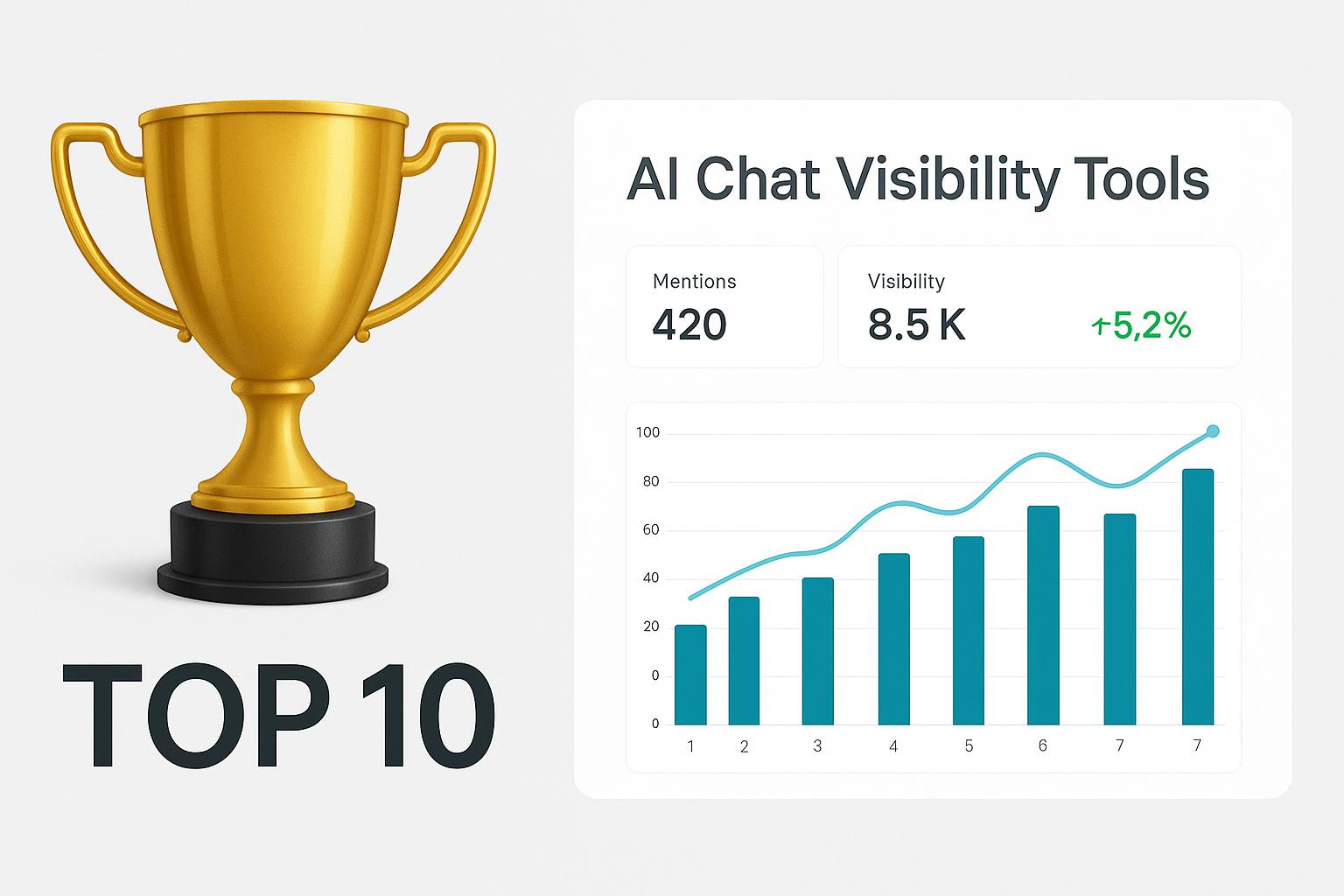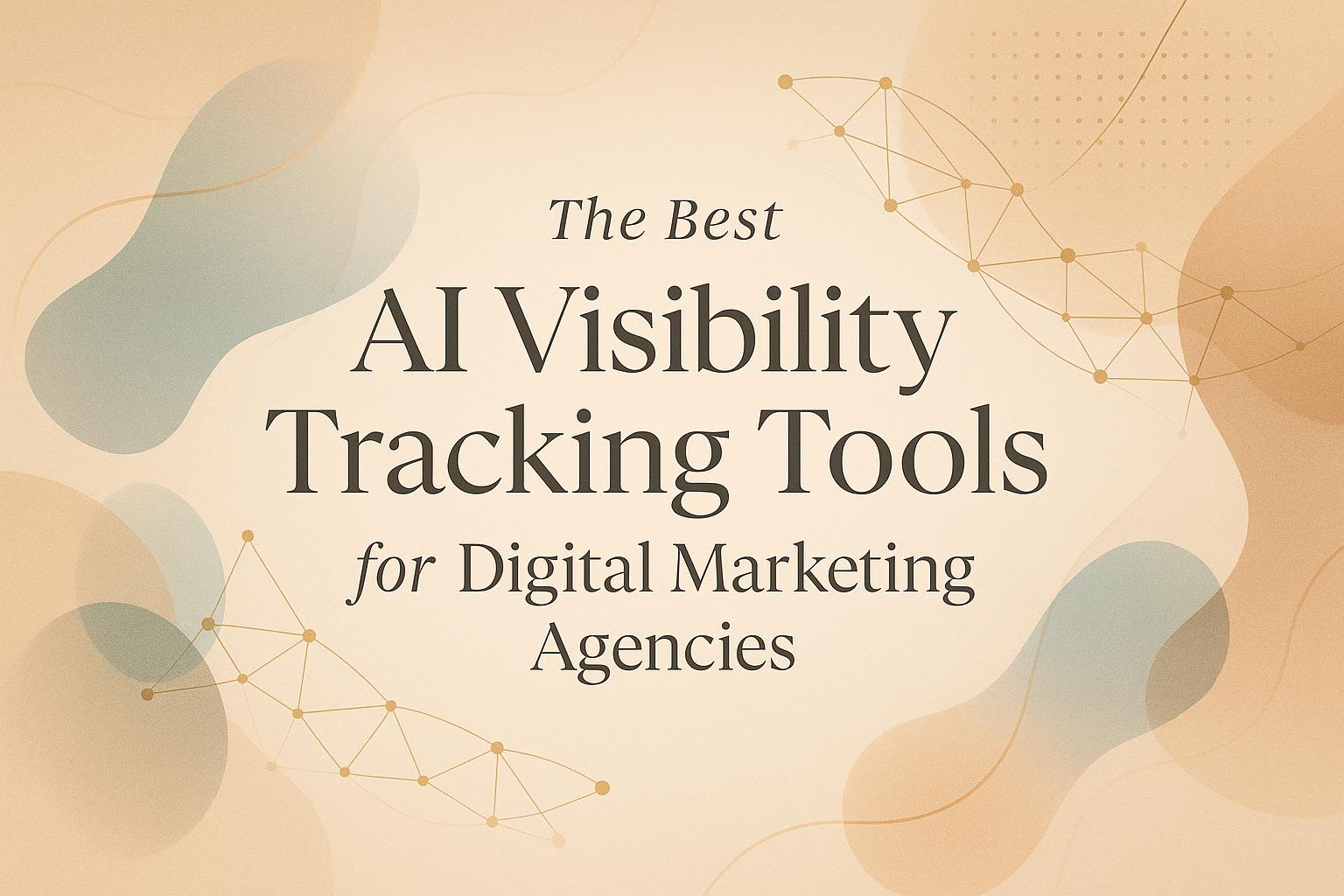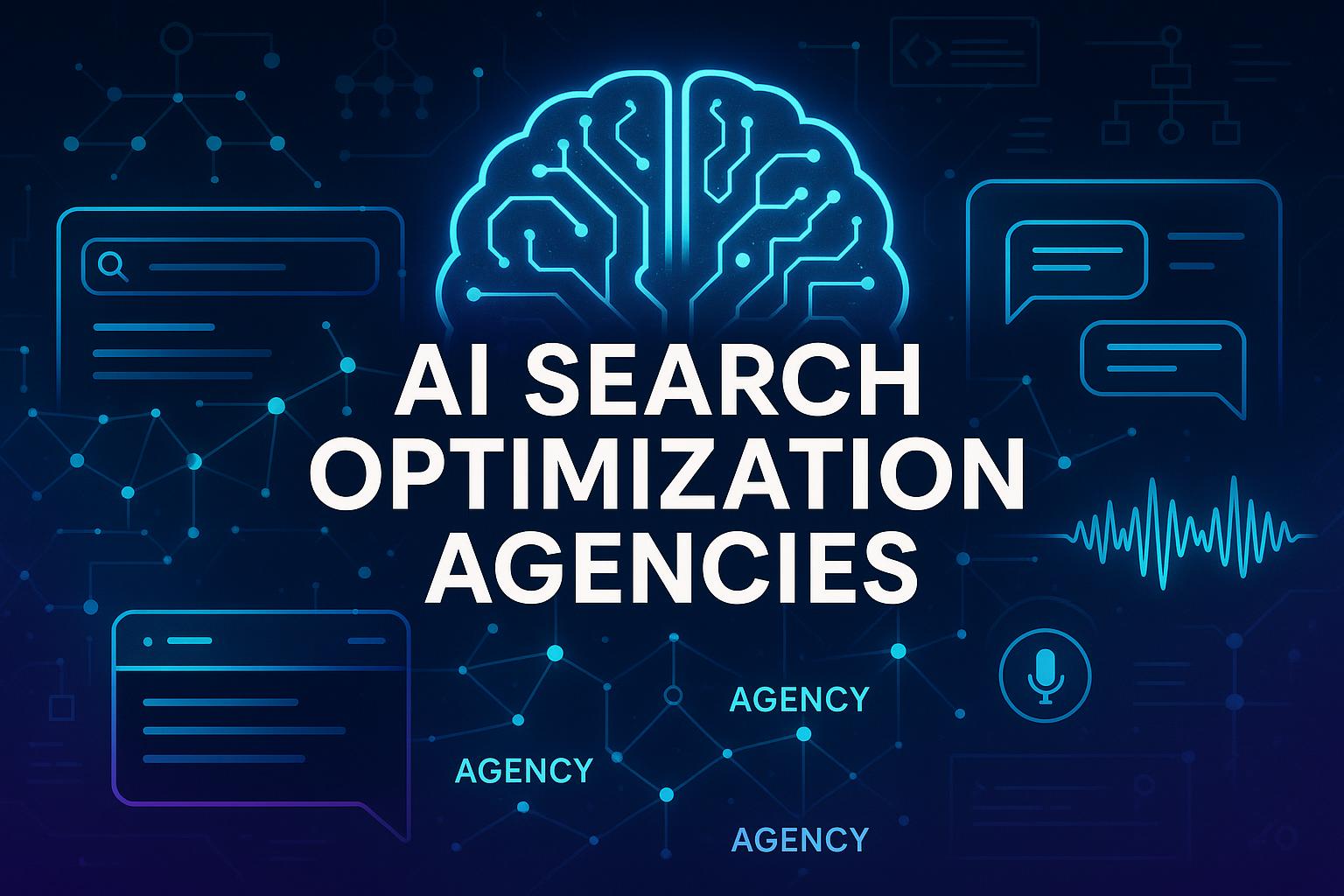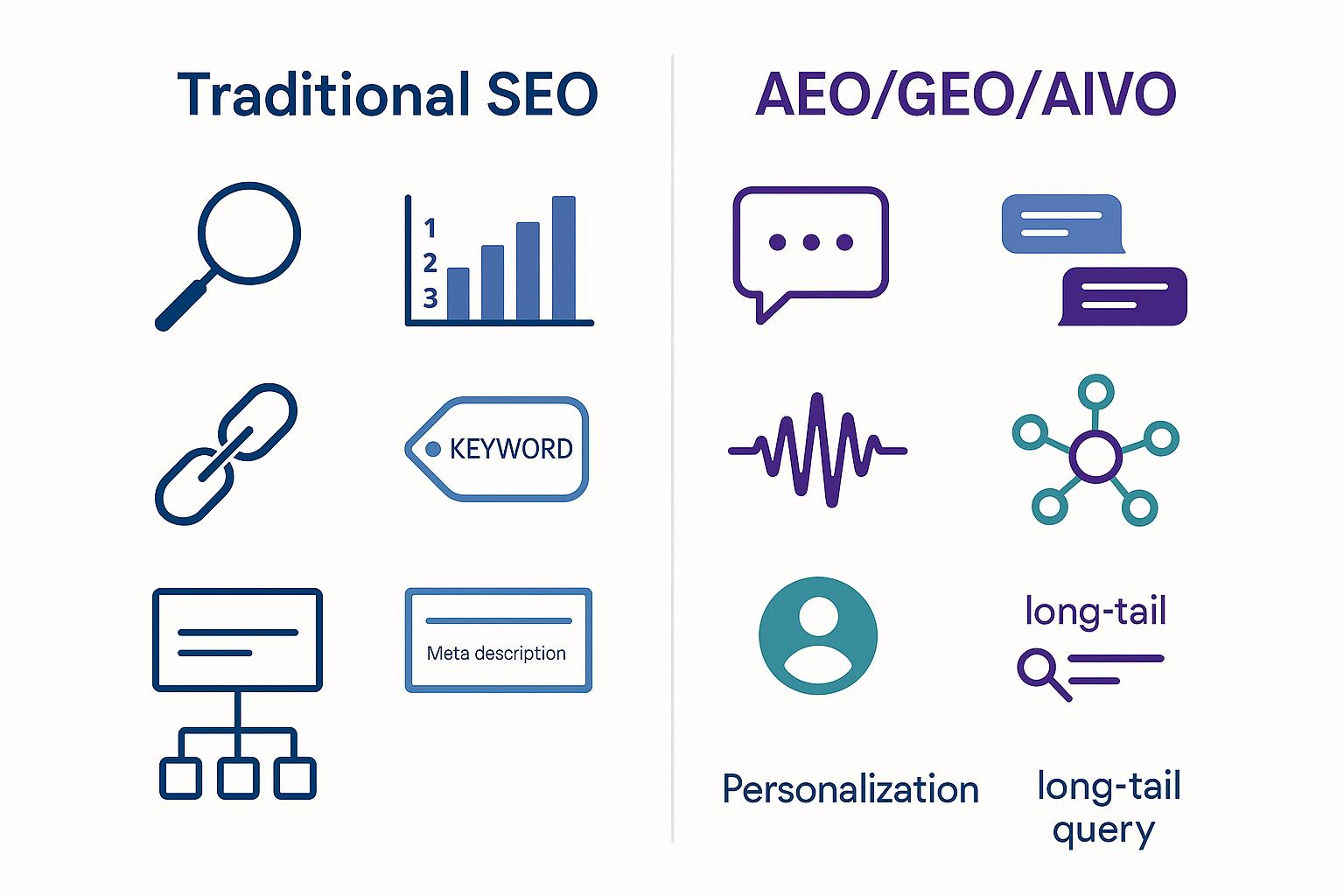
10 Best Tools for ChatGPT & Google AI Visibility (2025)
Struggling with AI search visibility? Discover the top 10 tools to optimize your content for ChatGPT, Google AI Overviews, and more.
RivalSee Team
12 min read
SEO Tools
Discover the top AI visibility tracking tools for digital marketing agencies to monitor brand mentions, optimize for generative AI, and benchmark against competitors.

The landscape of online search and information discovery is undergoing a seismic shift, driven by the rapid evolution of artificial intelligence. For digital marketing agencies, this presents both immense opportunities and complex challenges. No longer is it enough to rank well in traditional search engine results; brands now need to ensure their presence and reputation are accurately reflected in AI-generated content, summaries, and recommendations across various large language models (LLMs) and AI-powered platforms.
This new frontier demands a specialized approach to monitoring and optimization, leading to the rise of AI visibility tracking tools for agencies. These innovative solutions are becoming indispensable for agencies looking to offer cutting-edge services and maintain their clients’ competitive edge in the era of generative AI.
This comprehensive guide will explore the best AI visibility tracking tools for agencies, detailing their capabilities, how they address the unique challenges of AI search, and what agencies should look for when selecting a solution.
As AI models like ChatGPT, Claude, Google AI (including AI Overviews), and Perplexity become primary sources of information for users, the way brands are discovered and perceived is fundamentally changing. Agencies must adapt their strategies to account for:
For agencies, understanding and influencing this AI visibility isn’t just a niche service; it’s rapidly becoming a core component of a holistic digital marketing strategy. Without the right tools, it’s impossible to measure, track, and improve a client’s standing in these new AI environments.
AI visibility refers to how often, accurately, and favorably a brand, product, or service appears in responses generated by artificial intelligence models (like ChatGPT, Google AI, Claude, Perplexity, etc.). It encompasses direct mentions, recommendations, and factual accuracy within AI-generated content, influencing brand perception and discovery in the age of conversational AI.
Just as SEO focuses on optimizing for search engine algorithms, AIVO (AI Visibility Optimization) is the strategic process of enhancing a brand’s presence and favorable representation within AI-generated content and responses. This goes beyond traditional SEO, focusing on factors that influence how LLMs understand, interpret, and recommend information.
AIVO involves:
The best AI visibility tracking tools for agencies are designed specifically to support these AIVO efforts, providing the data and insights necessary to navigate this complex new landscape.
When evaluating top AI SEO tools for digital marketing agencies that focus on visibility, consider these essential features:
The market for AI visibility tracking tools agencies can leverage is rapidly evolving. Here are some of the leading and emerging solutions that provide crucial insights for optimizing brand presence in generative AI.
RivalSee is an advanced AI search visibility platform specifically designed to help businesses and agencies monitor and optimize how often their products or services appear in AI-generated recommendations across leading LLMs like ChatGPT, Claude, Google AI, and Perplexity. It stands out as one of the best AI visibility tracking tools for agencies 2025 because of its focused approach to AIVO.
Key Strengths for Agencies:
For agencies aiming to master Generative Engine Optimization (GEO) and provide tangible value in the AI era, RivalSee offers a targeted and highly effective solution for tracking and improving AI visibility. Its specialized capabilities make it a front-runner among tools for monitoring brand visibility in generative AI.
While not exclusively an AI visibility tool, Brand24 is a powerful social listening and media monitoring platform that can be adapted by agencies to track brand mentions in AI-generated content if that content is published on publicly accessible websites, forums, or social media that Brand24 monitors.
How it helps with AI Visibility:
Brand24 excels at general brand monitoring and reputation management, serving as a foundational tool. Agencies can use it to monitor the output of AI that appears on the web, though it doesn’t directly query LLMs like RivalSee does to understand AI’s internal recommendations.
Similar to Brand24, Mention is another robust media monitoring tool that helps agencies track online conversations. It offers real-time monitoring of web, news, blogs, forums, and social media for brand mentions.
How it helps with AI Visibility:
Mention is a strong general-purpose tool for monitoring a brand’s digital footprint. While it doesn’t specifically target LLM recommendation tracking, its broad monitoring capabilities make it valuable for catching general AI mentions that surface on the public web.
Leading SEO platforms like Semrush and Ahrefs are rapidly integrating AI-powered features, primarily focusing on content generation, keyword research, and traditional SEO. While they are not dedicated AI visibility tracking tools in the vein of RivalSee, their evolving capabilities are relevant.
How they are evolving for AI Visibility:
These tools are essential for the foundational SEO work that underpins good AI visibility, but they typically do not offer direct LLM querying and recommendation tracking like specialized AI brand monitoring software for ChatGPT, Claude, Perplexity.
For agencies, tracking brand mentions in AI-generated content requires a multi-faceted approach, combining specialized tools with strategic monitoring.
Tools like RivalSee are purpose-built for this. They simulate user queries within various LLMs and report back on whether your client’s brand was mentioned, recommended, or even mischaracterized. This is the most direct way to monitor AI-generated content from the source.
While LLMs operate internally, their outputs often appear on public platforms:
General media monitoring tools like Brand24 or Mention can help agencies cast a wide net to catch these public mentions.
Agencies should conduct content audits for their clients, focusing on:
This proactive approach ensures that when an AI does encounter your client’s content, it can accurately represent the brand.
Keep a close eye on search engines like Google and Bing as they integrate more AI into their results pages (e.g., Google’s AI Overviews, Bing Chat). Agencies should track how their clients appear in these summarized answers. This overlaps with traditional SEO but requires an understanding of how these AI summaries are generated.
For agencies, it’s crucial to analyze why a brand is or isn’t appearing in AI recommendations. Is it a content gap? Is the information scattered or inconsistent? Are competitors doing something better? Use the insights from tools like RivalSee to inform content strategy and client recommendations.
LLM brand visibility benchmarking tools for digital marketing agencies are essential for understanding performance relative to competitors. This goes beyond simple mention counts.
Platforms like RivalSee are built with benchmarking capabilities, allowing agencies to set up competitor profiles and track their AI visibility side-by-side. This data empowers agencies to show clients their position in the new AI competitive landscape and strategize accordingly.
The field of AI visibility tracking tools for agencies is still in its nascent stages but is rapidly maturing. As AI models become more sophisticated and integrated into daily life, the importance of AIVO will only grow. Agencies that invest in understanding and leveraging these tools now will be at the forefront of this new digital marketing frontier.
Expect to see:
The phrase “AI visibility tracking tools agencies ‘AI visibility’ ‘Yext’ ‘AI mentions’ ‘LLM’ tracking” encapsulates the evolving demands: from broad AI visibility to specific LLM interactions, and even how foundational data sources like those managed by Yext can influence AI’s understanding of a brand. Agencies must embrace this holistic view.
The emergence of generative AI has fundamentally reshaped how brands are discovered and perceived online. For digital marketing agencies, this necessitates a proactive and informed approach to AI visibility. The best AI visibility tracking tools for agencies are no longer a luxury but a strategic imperative.
Tools like RivalSee, with their specialized focus on LLM recommendations and persona-driven queries, offer agencies the precise insights needed to navigate this new landscape. Complementary solutions like Brand24 and Mention provide broader brand monitoring, while evolving SEO platforms like Semrush and Ahrefs contribute to the foundational content optimization essential for AI readability.
By leveraging these advanced tools, agencies can ensure their clients not only rank well in traditional search but also thrive in the conversational, AI-driven future of information discovery. The time to invest in your agency’s AI visibility capabilities is now, securing your clients’ relevance in the digital ecosystem of tomorrow.
Continue learning with these related insights.

Struggling with AI search visibility? Discover the top 10 tools to optimize your content for ChatGPT, Google AI Overviews, and more.
RivalSee Team
12 min read

Looking for the best AEO, GEO, or AIVO agency? Our 2025 guide profiles the top firms leading in AI search, content, and visibility optimization.
The RivalSee Team
18 min read

Standard SEO isn't enough for the AI era. Explore the 8 key differences between traditional SEO and AEO/GEO/AIVO and learn the strategies needed to secure visibility in generative AI answers.
RivalSee Team
6 min read